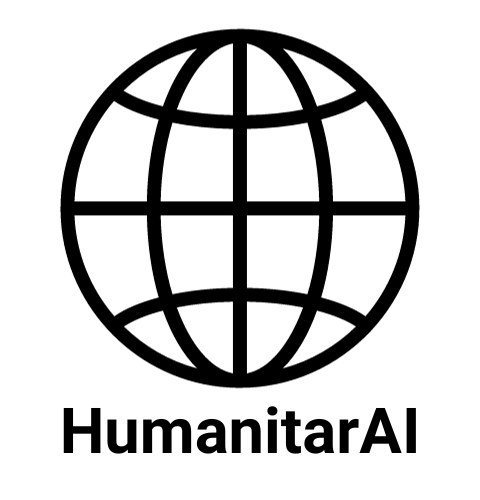The rise and rapid development of technologies and their digital application have propelled people and communities across the globe to change their interaction and communication patterns. AI, social media and other data-driven technologies have not only transformed how we communicate with friends and family in times of peace and stability, but moreover, they have also altered the way conflicts around the world unfold. Therefore, it is vital to understand the positive and negative aspects of how technology and data usage impact communities in conflict and unrest areas.
Is conflict really that close?
When the Russian Federation unleashed its full-scale invasion of Ukraine in February 2022, Western societies gasped at not having seen war on European soil since WWII. The picture of conflict across the globe is much more explicit. The Armed Conflict Location & Event Data Project mapping of conflict areas worldwide shows that from more than 240 real-time monitored countries and territories, “the majority – 167 – saw at least one incident of political violence in the past 12 months.” That is – nearly 70% of monitored communities globally are experiencing riots, protests, battles, explosions and other sorts of conflict.
Efficiency vs security
There is no doubt that technology is transforming ComDev work. Development communication and humanitarian aid in conflict areas have long been seen as a reactive function. In general, humanitarian technology could be seen as designed or adopted to respond to the calls of people in need, by both humanitarian actors and communities themselves.
On the one hand, there is a positive extent of how technology, data and AI can support humanitarian work and development communication in conflict areas. These technologies offer speed, real-time data and feedback of engagement and fast alteration of messaging, providing a new dimension in efficiency.
One example of positive technology use could be seen in geospatial monitoring. Where large data sets with high-quality pictures from satellites come into play, AI can act faster than a human in organizing the material and providing a logical conclusion, therefore providing more rapid support in conflict areas. Another example is social media platform development role in becoming a catalyst for political change and a driving force of innovation globally. As an example, take Iranian activists, moving from Twitter to Telegram, to Instagram, to transmit their message to the other communities outside the governmental regime.

On the other hand, security concerns about the collected and stored data threaten to expose already vulnerable communities. While the world for the past years has been focusing on bots and fake accounts, the uprising of deepfakes and AI-generated content exposes a new threat of content monitoring and disinformation in communities influenced by conflict. AI-generated deep fakes are being used as a manipulation tool from both sides in the Russia-Ukraine war in an attempt to change the pace of the conflict, coordinated social media activity is used to guide elections in the Philippines and technological surveillance in Israel is creating the first automated apartheid of Palestinians.
Who runs the world?
Communication for Development draws on local knowledge and participation to drive behavioural and social change within the communities. While AI might be a technical solution, it inherits biases and discriminations from the people who train them, the people who feed the images of how the Global South and people in crisis “looks like”. AI learns from us. Additionally, the worlds leading AI companies are based in the Global North, constructing the worlds view on the Global Majority.
Can real-time data provide real-life change?
In conflict areas, where information access and trustworthy can be a life-and-death situation, sometimes social media is the news. Therefore, it is important to understand the positive aspects and challenges that AI generated content and social media imposes on people in conflict areas.
Who owns the collected data behind the platforms and how are they using it? How secure is the collected data? What if the mapping data are captured and get into the wrong hands? And who owns these satellites? What happens and who is responsible if this information is used to target and take control over communities, their infrastructure and power? If political unrest is suppressed in the streets, can people still be active and safe in the digital world? This blog will take a look into conflict and political unrest areas to see how social media data and AI are used, and how people are exposed to the aftermath of it all.


